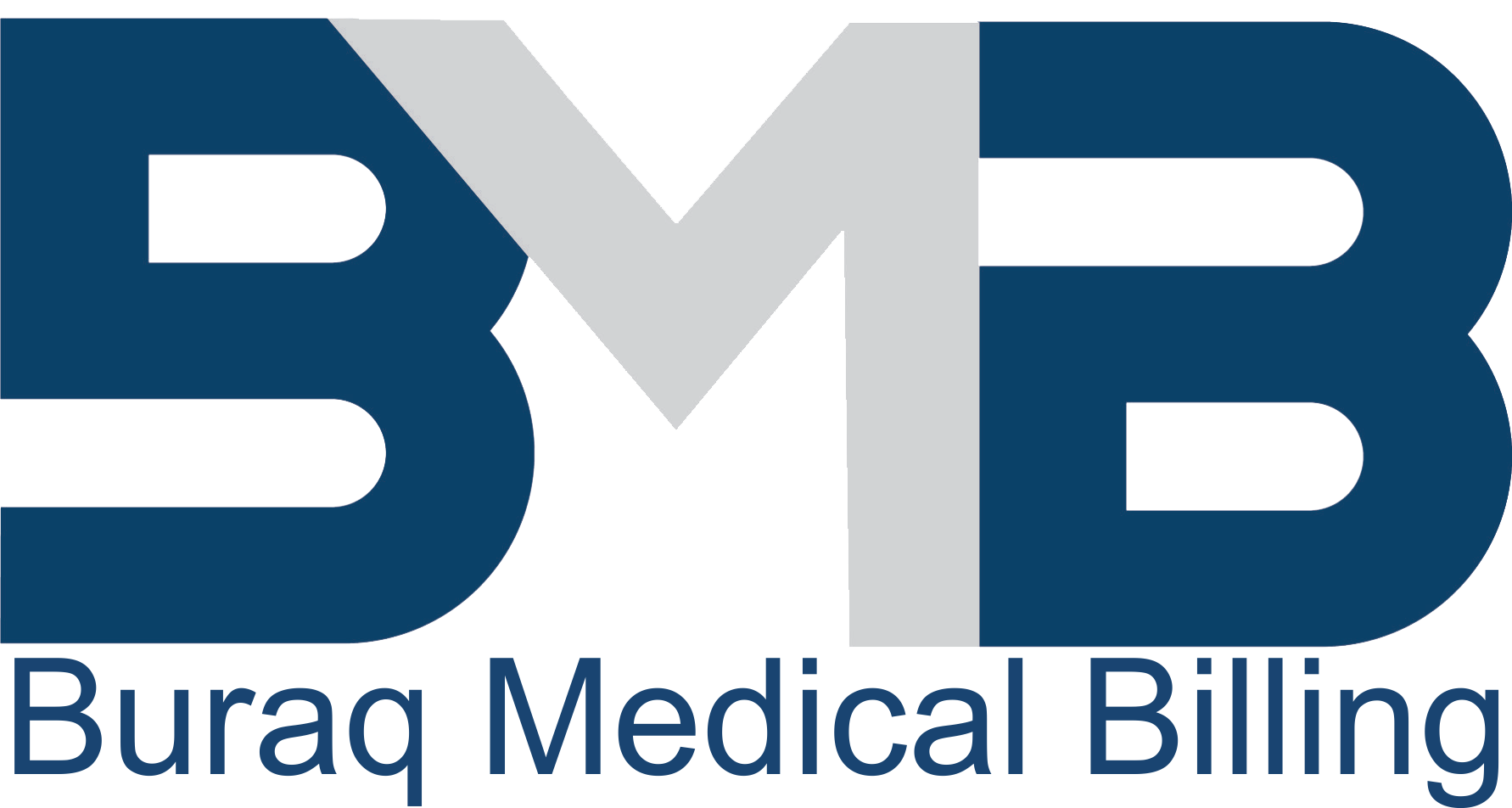-
Email
info@buraqmedicalbilling.com -
Call Now
+1 609-312-9292 -
Adress
1 Bradshaw Drive Manahawkin NJ 08050
Audit and Consultation
1. Purpose:
Buraqians works really hard and concentrate on giving best possible care to patients. All this hard work only pays if their medical billing team (in‐house or outsourced) is also working efficiently and coherently. Usually providers have a very busy schedule and don’t have time to dig deep into the billing portion of their practice and get the insights. But if you don’t keep a close watch on your billing practices, you will eventually have to face dire consequences. The purpose of audit is to present a bird’s eye view to the Buraqians, as to where his/her practice stands as far as revenue cycle management is concerned. Audit process entails a thorough analysis of the practice to identify the gaps in the overall billing process, find problematic areas, deficiencies in charge pathways, issues in accounts receivable etc.
2. Benefits:
Usually Buraqians know what is coming to their bank but they do not know what they are missing. They only get AR reports but do not get a chance to know about the exact issues there practice is facing. An audit can help them get upfront to all the existing issues, the recommendations can enhance the performance level and Buraqians can exactly know about his practice.
3. Procedure:
Once we sign in for an audit, we follow the below procedure:
4. Analysis Summary:
Once all above mentioned audit procedures are complete, we prepare an analysis summary which contains audit highlights, list of issues and its effect on the practice e.g. how many claims were not on file, how many lost filing limit, what percentage is paid, denied or has resulted as a loss etc. We also suggest corrective measure with each identified problem. The summary contains facts, figures and charts representing the practice condition.
5. Detailed Report:
The detailed report contains the audit trail of the sample data. All the working done on each and every claim, response from insurance representatives, findings and issues with claims.
